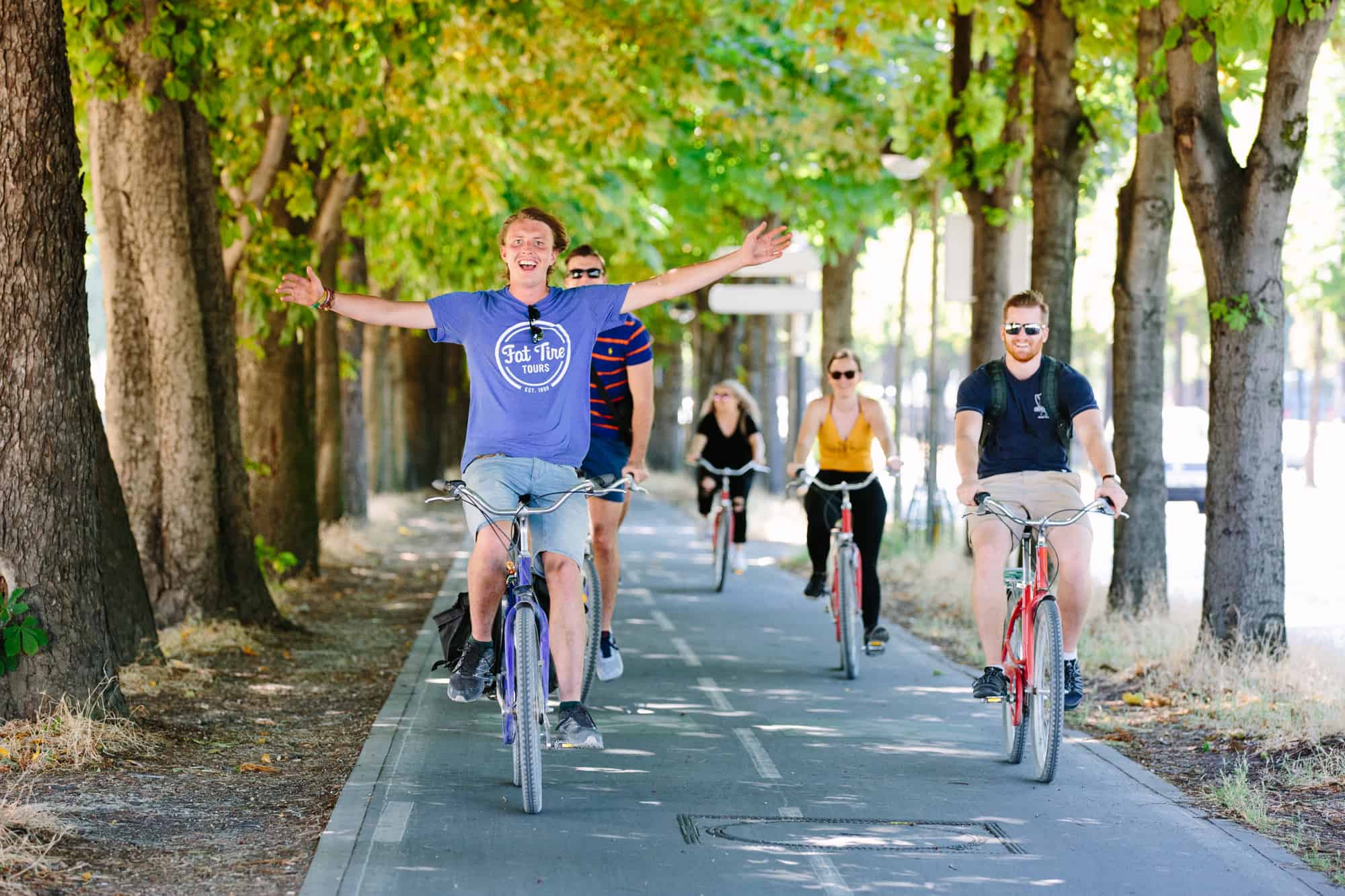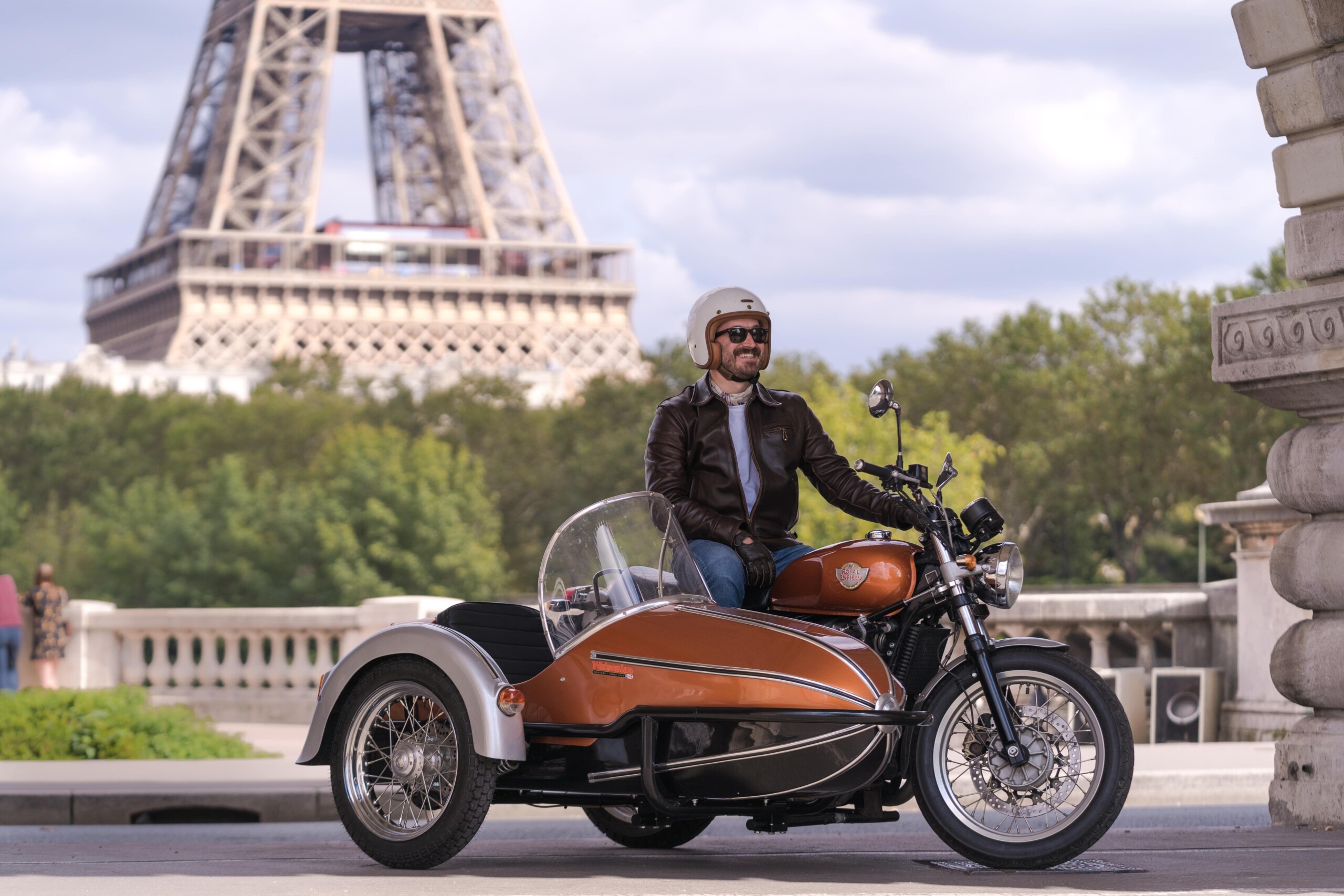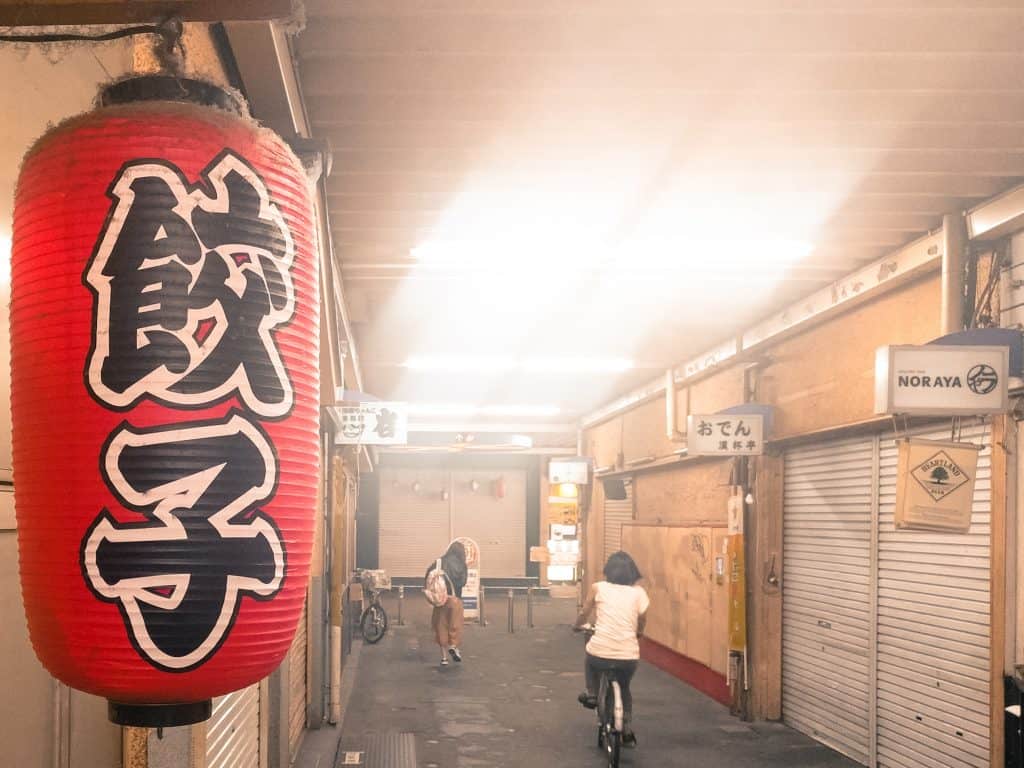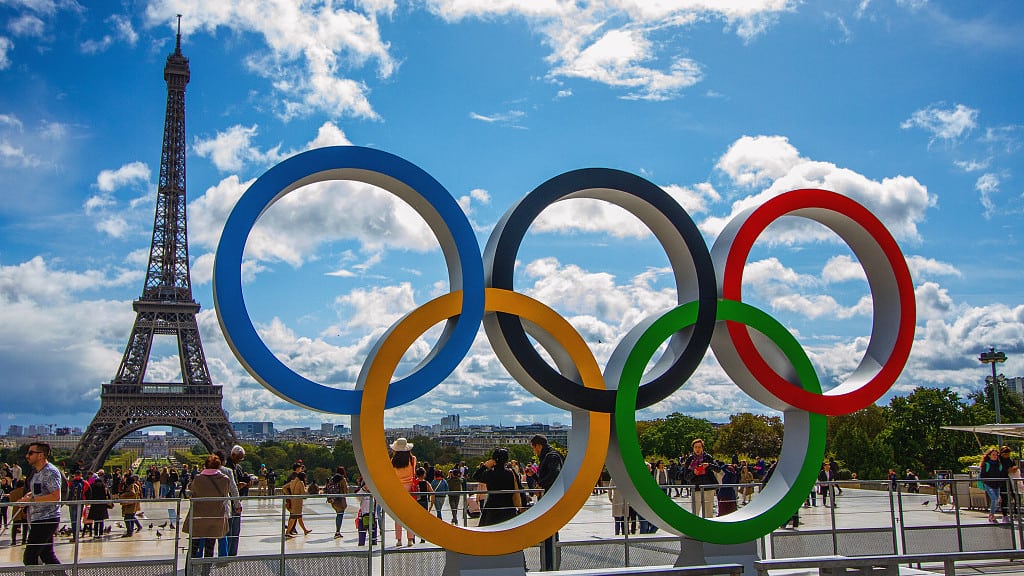One of Paris’ most beautiful gardens is to be found at the top of the Boulevard Saint Michel in the 6th arrondissement. Its iconic Medicis fountain is familiar from movies and photographs, but there is a lot more to the garden that many don’t know. Today, our history class is going to uncover the story of the Luxembourg Garden. Open your copybooks…!
The Luxembourg Garden
The 23-hectare garden dates back to 1612 when it was created by Marie de Medici, the widow of King Henry IV of France, to accompany the Luxembourg Palace. She was inspired by the Boboli gardens in her native Florence, and directed a team of landscape gardeners, including Tommaso Francini, to recreate a garden like the one she played in as a child.
The plot of land initially measured only 8 hectares, but Marie de Medici extended it to almost five times the size, planting 2000 elm trees and digging a pond. Why is the park smaller now? It fell into disrepair after Marie died, and parts were sold off for real estate. Later on, during the renovation of Paris in the late 1800s, the gardens had to be further narrowed due to the wide boulevards being created across the city. The Medici fountain even had to be moved…
The Famous Fountain and the Hidden Fountain
One of the most celebrated sculptures in the Luxembourg garden is the ornate Medici Fountain. It was commissioned by Marie de Medicis around 1630, in the popular Italian mannerist style of the time. Over the years it sadly fell into disrepair, but was rebuilt and relocated in 1864.
What most people do not know is that the Medicis fountain has a secret. When it was moved from its original location (against a wall) architects needed to give it support, so they attached the Fountain of Léda, taken from the nearby rue de Rennes, to its back. You can’t see her, but she’s still there, playing crutch to Medicis!
Art in the Park
The garden has 106 statues located around the park, including a small bronze statue ‘de la liberté’, a scaled-down version of Bertholi’s famous Lady Liberty. The first statues to be placed in the park were French queens, followed by famous artists and writers. This is a helpful link for finding out information about each monument in case you want to go on a statue hunt! The art isn’t just limited to the garden’s statues, either. Photography exhibitions take place along the railings that surround the northern gates of the park.
The Luxembourg Palace
19 Rue de Vaugirard, 75006 Paris
What about the palace, the Palais des Medicis, that Marie lived in? Now, the stunning château plays home to the Senate President, and the palace’s former orangery is the Musée de Luxembourg, a lovely little museum, often missed by tourists.
How to get there? Take the RER B to either Luxembourg or Port Royale (there’s no metro on its doorstep even though it’s central Paris) or take the bus. Routes can be found on the interactive public transport map.
Want to see even more of Paris’ beautiful historical monuments and locations? Go on a Paris Day Segway Tour and zoom around the most famous parts of the city without breaking a sweat!




